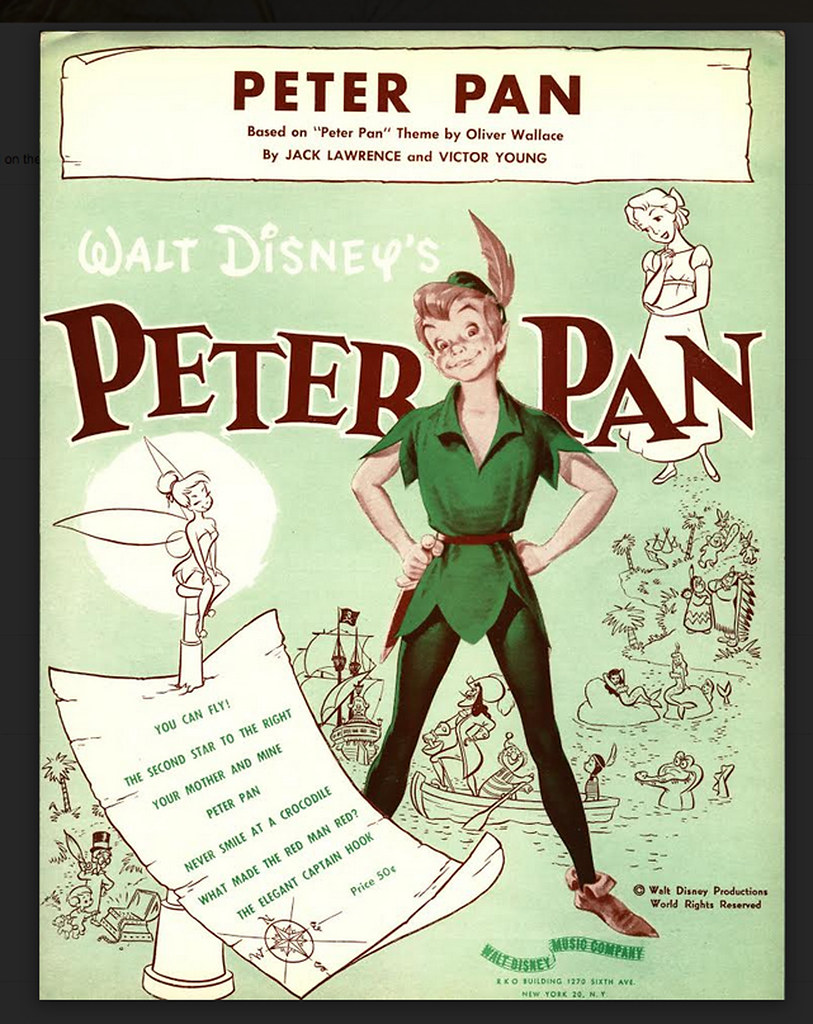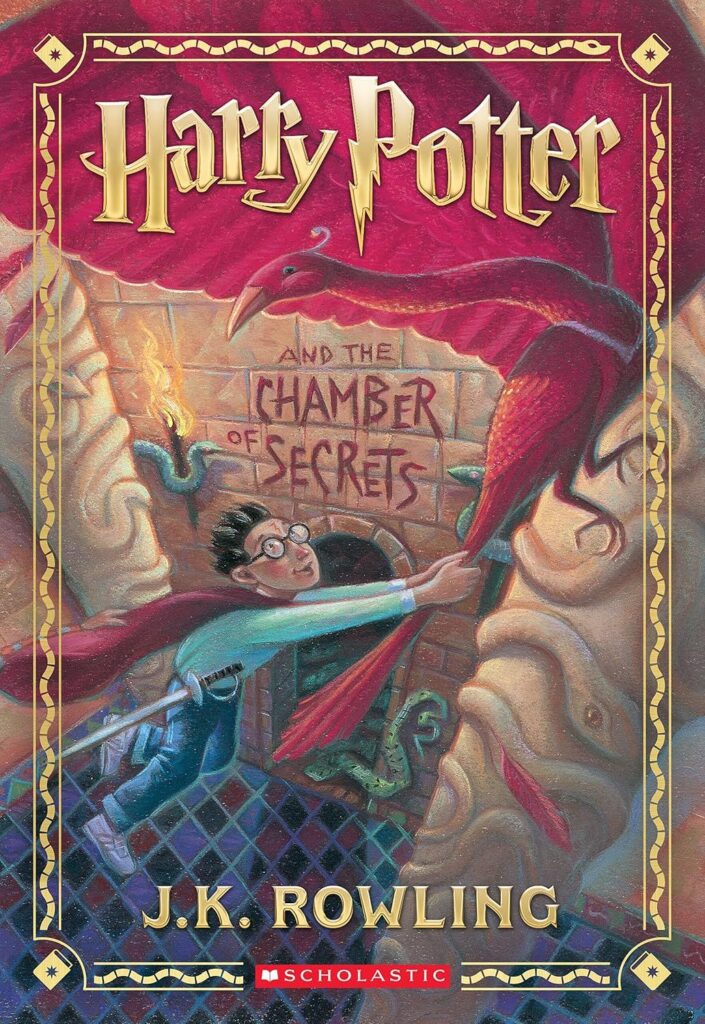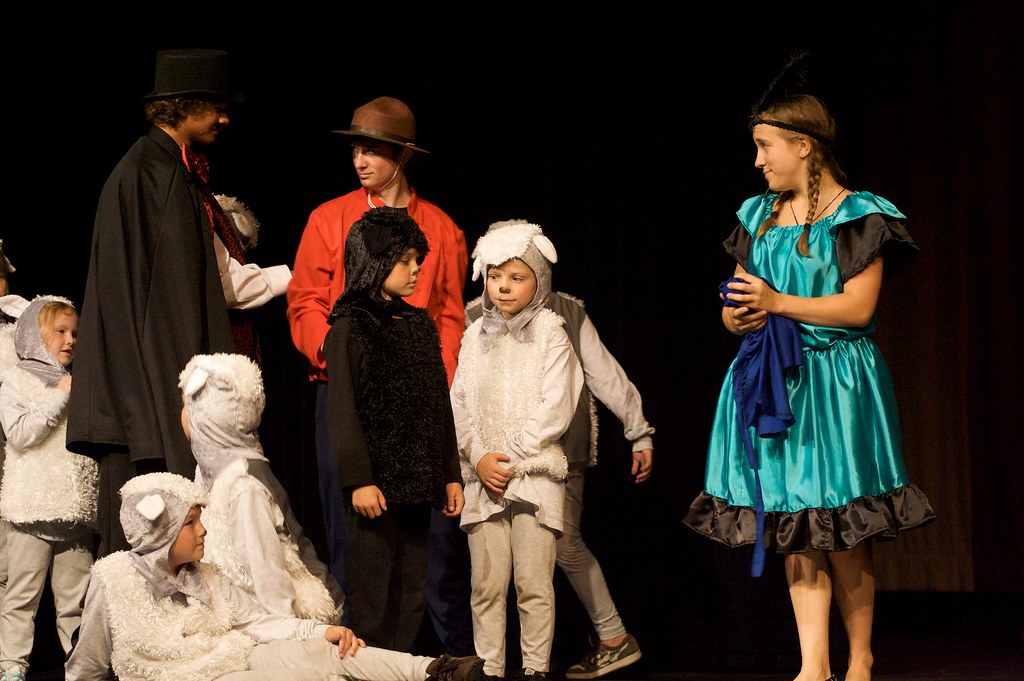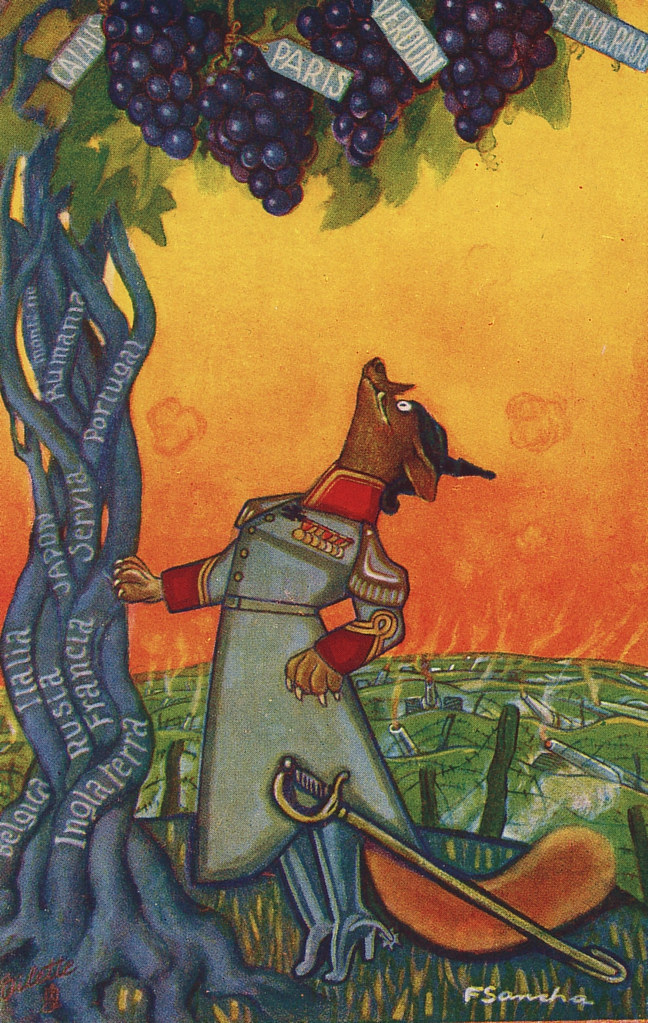
Not every character gets to wear the narrative crown—and honestly, that’s a good thing. Imagine if every story were packed with nothing but main characters, all jostling for the spotlight like drama-hungry reality TV contestants. Total chaos. Sometimes, a story just needs a solid sidekick, a wise aunt, or yes, even a barista who remembers your protagonist’s complicated coffee order without judging them (too much). Now that’s narrative stability.
These unsung heroes are known as secondary characters—the supporting cast that surrounds your lead and makes their world feel real, textured, and alive. But secondary doesn’t mean second-rate. In fact, these characters often bring unexpected depth, color, and momentum to a story. Whether they’re grounding the plot, pushing emotional buttons, or simply providing comic relief, their roles are essential.
In this article, we’re peeling back the layers to understand these narrative powerhouses. We’ll answer questions like: What exactly are secondary characters? Who are the secondary characters that truly bring stories to life? And the big one: what is the primary function of secondary characters? Spoiler alert: they matter a lot more than you think, and we’re about to show you 14 crucial ways they elevate any tale.

1. **What Defines a Secondary Character?**So, what are secondary characters—really? Think of them as the flavorful side dishes to your main course. They may not be the protagonists or antagonists, but they bring the depth, spice, and contrast that turn a story from bland to brilliant. Without them, your protagonist would be talking to themselves, and your plot would be flatter than a poorly proofed pancake.
The distinction goes beyond screen time. According to WriteSeen, key features include “Lasting Impact,” where they “change the story’s direction or your protagonist’s arc,” even if briefly. Imagine the Harry Potter saga without Ron and Hermione. They also possess “Distinct Motivation,” showing their goals or inner conflicts, not just their actions, like Tess in The Last of Us.
Furthermore, they carry “Narrative Authority” – their choices matter, even if they never become leads. They also provide “Emotional Texture,” contributing humor, wisdom, subplots, or context, making the protagonist’s world feel lived-in. If removing a character weakens the story, you’ve found someone vital.

2. **How Do Secondary Characters Differ From Primary and Tertiary Characters?**To write powerfully, clarity on the distinctions between primary, secondary, and tertiary figures is crucial. Primaries, like Harry Potter, are at the story’s heart; events are viewed through their eyes, and their growth is the emotional anchor. They drive the main narrative forward.
Secondary characters “orbit the primary, providing context, highlighting themes, or pushing the protagonist forward or back.” They don’t always get full arcs, but they enable and complicate the main journey. They make the story more engaging and relatable, with choices that significantly impact the main character’s path.
Tertiary characters fill out the crowd, appearing briefly to deliver information or illustrate a setting. While necessary, they are “not essential to the emotional or thematic heart of the story,” staying static. In contrast, secondary characters exhibit “Narrative Agency,” acting rather than just reacting, and often “draw loyal fanbases,” a testament to their deep impact.

3. **Why Are Secondary Characters Essential for Storytelling?**If a story only had one voice, it would fall flat. Secondary characters are the narrative glue, driving connection, conflict, and credibility. They ensure readers care about the world and its people, making the experience far more immersive and emotionally resonant. They add layers of depth and complexity beyond a singular perspective.
These roles boost realism; protagonists need allies, rivals, and a living world to feel authentic. Without a strong supporting cast, the lead might feel isolated or impossibly perfect. Moreover, secondary characters provide vital contrast and clarity, allowing us to learn more about the hero through their interactions, revealing multi-faceted views.
Strong supporting casts anchor the story, preventing the protagonist from “spinning in a vacuum.” Investing in these secondaries—giving them needs, quirks, and moments of change—ensures every theme, subplot, and twist lands harder. Whether in epic fantasy or intimate novellas, a well-timed friend, foil, or bystander is indispensable for a truly memorable narrative.

4. **Types of Supporting Characters (Archetypes)**The narrative landscape boasts a rich variety of supporting character archetypes, each serving a unique function that enhances the story. Understanding these established roles aids in crafting a dynamic cast, ensuring every character contributes meaningfully to the narrative tapestry.
The Mentor, like Gandalf or Dumbledore, guides and supports the protagonist, “facilitating the hero’s growth” and offering wisdom. The Love Interest, such as Jane Bennet, acts as a catalyst for emotional development, adding romantic or deep emotional layers.
The Sidekick, like Donkey or Robin, is a loyal companion providing support and often “comic relief,” balancing narrative intensity. The Comic Relief, like Olaf, specifically “adds humor to balance the story’s tension,” making serious moments more bearable.
Finally, The Antagonist (or Rival), such as Draco Malfoy or Loki, “opposes the protagonist,” creating conflict and driving them toward growth. These characters challenge the lead, forcing difficult choices and shaping the hero’s journey as powerfully as a main villain.

5. **The Primary Function of Secondary Characters**Secondary characters are far more than background players; they’re the narrative’s Swiss Army knives: versatile, essential, and often underestimated. They make stories feel whole, enriching the world, elevating stakes, and keeping things interesting when the hero is brooding.
At their core, their primary function is “to support the protagonist’s arc, often by reflecting, challenging, or sharpening aspects of the main character’s journey.” Dr. Watson, for instance, grounds Sherlock Holmes, translating his genius and adding humanity, proving indispensable to the lead’s narrative.
Beyond support, they “drive subplots” (Ron and Hermione’s love story), adding depth. They “reveal world-building” (Effie Trinket in The Hunger Games), making the setting tangible without heavy exposition. Lastly, they “showcase themes” (Samwise’s loyalty) and “act as foils or contrasts” (Draco Malfoy to Harry), offering different perspectives and highlighting stakes, making the story’s message resonate deeper.
Read more about: Unveiling Automotive Royalty: The 15 Most Iconic Mercedes-Benz Models of All Time

6. **What Motivates Secondary Characters, and Why Does It Matter?**Motivation breathes life into characters, separating memorable ones from cardboard cutouts. When secondary characters want something specific—beyond merely aiding the protagonist—they leap off the page. Their desires drive tension, reveal new narrative angles, and allow for surprising expectation subversions.
Crucially, “real motivation is never just about supporting the lead.” Their internal drives are distinct. Hermione’s longing for belonging or Draco’s hunger for approval shape their decisions and create conflict, independent of the main character’s immediate goals.
Strong motivations “create organic subplots, not filler,” enriching the narrative naturally. They also “push the protagonist to change, or to double down,” forcing re-evaluation or defense of ideals, leading to richer development. Finally, honest goals “trigger real emotion in the audience,” elevating emotional stakes and making the narrative impactful.

7. **The Importance of a Supporting Cast**A strong supporting cast is essential for any compelling story, adding depth, complexity, and interest that elevate the narrative. Without a well-crafted ensemble, even the most captivating main character might struggle, resulting in a hollow or incomplete story.
Investing in supporting characters creates a more immersive experience. They “elevate the main character” by providing necessary foils, challenges, or emotional anchors, creating a world that feels populated and real. The interplay between protagonist and supporting cast reveals vulnerabilities and strengths, offering a fuller understanding of the lead.
Supporting characters drive plot advancement through subplots and conflicts, acting as aids or obstacles that create “essential tension and drama.” Their decisions often lead to “turning points.” Whether through “guidance and mentorship” or “challenging the main character,” they provide the critical drive for the story to move forward, forming the backbone of an unforgettable narrative.
Read more about: Stephen Muss: The Visionary Developer Who Rescued the Fontainebleau and Reshaped Miami Beach’s Destiny at 97

8. **How Many Secondary Characters Should a Story Include?**Ever wonder if your story’s cast list is too crowded or too sparse? Finding that sweet spot for supporting characters is crucial. Every genre, story scope, and audience expectation impacts the ideal number. Too many, and readers get lost; too few, and your world feels flat. Tune your cast size to storytelling goals, ensuring every character earns their keep.
For sprawling epics like *Game of Thrones*, a larger cast makes sense to match the immense world. Introduce new faces gradually, giving readers time to connect without overwhelm. This manages complexity, letting your audience stay invested. It’s about building a robust world, one character at a time, organically populating the setting.
In contrast, for intimate or psychological stories, limit supporting roles. Prioritize only those characters genuinely driving plot or deepening theme. Each must hold a clear, unmissable purpose. Before finalizing, ask: does every character move the story forward? If two serve identical functions, merge or remove one. Ruthless focus ensures clarity and depth.

9. **How Do You Develop Unique and Authentic Secondary Characters?**Nobody wants a flat secondary character—they’re easily forgotten! Investing in authenticity makes your story’s world feel lived-in and real, helping your work stand out. This transforms background figures into unforgettable personalities. Give them that spark of individuality that makes them leap off the page and resonate.
Start with a compelling backstory, even if just a couple of sentences. This brief history gives them an anchor and a distinctive voice, helping you understand how they’ll talk, react, and why they show up. This foundation feels authentic, subtly shaping their presence.
Give each character a unique detail that makes them pop. This could be a distinct speech pattern, a memorable visual cue, or a favorite phrase. Think Yoda’s wisdom or Moira Rose’s lexicon. These touches bring characters vividly to life, making them instantly recognizable. Readers remember sharp phrases or moments long after they’ve finished.

10. **How Should Secondary Characters Interact With the Protagonist and Other Cast Members?**The intricate web of relationships around your protagonist truly elevates a story. Secondary characters are dynamic forces that test, reveal, and amplify your protagonist’s journey. Deep connections don’t just add flair—they deepen emotional core and increase audience investment. It’s like building a vibrant social ecosystem within your narrative.
Consider relationship types that pack a punch. Allies, like Samwise Gamgee, create loyalty and help navigate obstacles. Challengers or Foils force the protagonist to respond, reflecting weaknesses or presenting alternative paths, driving growth. Confidants offer a safe space for the lead to share secrets, like Dr. Watson, revealing internal struggles. Rivals push the lead to new limits, creating compelling conflict.
Don’t keep every character orbiting just your protagonist. Tight relationships between other secondary characters add immense dimension to the whole ensemble. Creating a network of connections makes scenes more dynamic and your world incredibly authentic. Interactions define character; every meaningful relationship serves as a powerful lever for plot, emotion, or theme, enriching your narrative.
11. **The Role of Supporting Characters in World-Building**Want your story’s world to feel less like a backdrop and more like a living, breathing place? Supporting characters are your secret weapon for incredible world-building! They bring a story’s world to life by adding depth and richness, making everything feel immersive. Use them to subtly reveal information about the world and its history, making it organic and authentic.
Imagine Effie Trinket in *The Hunger Games*. Her Capitol fashion, mannerisms, and belief in the Games instantly convey Panem’s society and class divisions, without lengthy descriptions. She’s not just a character; she’s a walking, talking piece of world-building, showing culture rather than telling. This makes the setting tangible, immersing readers.
Supporting characters also act as windows into different facets of your world. A street vendor might reveal economic struggles, a veteran share war tales, or an elder hold ancient secrets. Through their dialogue, customs, and daily lives, these characters weave the fabric of your setting, painting a vivid picture. They illustrate how the world functions and what it feels like to live within its boundaries.
Read more about: Unpacking ‘Honey Don’t’: Ethan Coen and Tricia Cooke’s Steamy, Sun-Drenched Neo-Noir That’s Anything But Basic

12. **How Can Secondary Characters Be Used to Explore Theme and Enhance Plot?**Secondary characters are your best tools for deepening themes, revealing fresh perspectives, and raising the stakes. Their actions, beliefs, and struggles offer nuanced views on your story’s core questions. They’re like different lenses through which your audience can perceive central ideas, making your themes resonate with more complexity.
Secondary arcs can powerfully contrast the protagonist’s journey. By having characters succeed or fail in different ways, the main character’s own success or failure becomes clearer and more meaningful. If your hero embodies redemption, a secondary character succumbing to despair highlights the stakes, enriching thematic exploration.
These characters are brilliant for introducing dilemmas and ethical gray zones. What happens when a mentor breaks their rule, or a rival finds redemption? Such twists push new questions into the plot, forcing protagonist and audience to grapple with complex moral choices. It adds intrigue, ensuring your narrative isn’t just a straightforward march.

13. **What Are the Pitfalls to Avoid When Writing Secondary Characters?**Even brilliant writers stumble into traps when crafting supporting cast. But fear not! Understanding common mistakes helps keep your story sharp, clear, and compelling. It’s like knowing where narrative potholes are to gracefully steer around them, ensuring characters remain vibrant and purposeful.
One major pitfall is leaning too heavily on stereotypes. Don’t just trot out a trope without a fresh twist! A wise old mentor with a surprising secret is more engaging than another cliché sage. Challenge yourself to subvert expectations, adding unique layers to familiar archetypes. Readers appreciate originality and characters that defy easy categorization.
Then there’s overcrowding. Too many characters, and readers get lost, tangling your plot. If your cast feels too large, trim ruthlessly and focus on impact—every character needs to earn their keep. Also, beware of overshadowing: when a secondary character is accidentally more interesting than your lead, your story’s themes can collapse. Keep your protagonist firmly in focus.

14. **Balancing the Main Character and Supporting Cast**Ah, the delicate dance! A big challenge in writing a story with a strong supporting cast is balancing the main character’s journey with secondary character storylines. It’s like conducting an orchestra where every instrument needs to be heard, but the lead violin carries the primary melody. You want everyone to shine without anyone stealing the spotlight from your star.
The goal is to weave supporting cast storylines seamlessly into the main narrative, adding depth and complexity without distracting from the protagonist’s central arc. Subplots and secondary storylines are your best friends. They provide new challenges, vital emotional resonance, or parallel the main character’s journey, highlighting themes from different angles. This creates a rich tapestry where every thread contributes to the whole.
Mastering this balance means understanding when to zoom in on a supporting character’s moment and when to pull back and refocus on the lead. It’s strategic spotlighting, ensuring every subplot and interaction enhances the overall story without creating narrative detours. This balance makes your narrative feel incredibly rich, populated by characters living their own compelling stories, making your main character’s journey even more profound.
An ending paragraph of the article.
Read more about: The PLA’s Ascent: Unpacking China’s High-Tech Military Modernization and Strategic Ambitions for a New Global Order
So, there you have it! Secondary characters aren’t just bit players; they are the vibrant, indispensable heartbeats of any truly captivating story. They amplify themes, propel plots, build worlds, and offer emotional resonance that stays with us. From the quiet confidant to the scene-stealing rival, these characters aren’t merely supporting; they are actively shaping it, adding layers of humor, heartbreak, and wisdom. Go forth and give your supporting cast the glorious attention they deserve—because sometimes, the greatest heroes are found right there in the wings, waiting to steal the show and your readers’ hearts.




